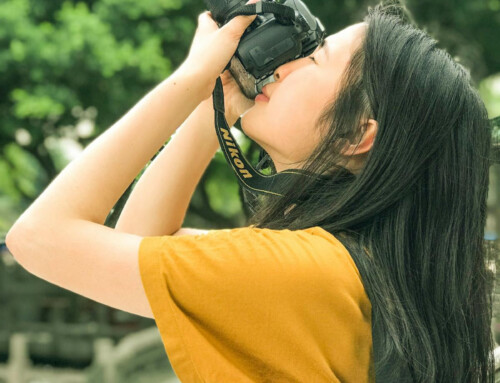Bradley Maule, a photographer, sued Anheuser Busch and Everbrite, a sign manufacturer, over a neon Budweiser beer sign. Maule argued that the sign infringed his photo of the Philadelphia skyline.
In 2005, Maule shot a wide-angle color photo of the Philly skyline from the Penn Tower Hotel in West Philadelphia as the sun was setting. A number of prominent buildings are set against a blue sky with white clouds. Franklin Field and the Schuylkill River appear in the foreground. Maule later altered the photo by adding images of two buildings that were proposed, but not yet built, and by changing the text on a billboard.
About 10 years later, Maule saw the defendants’ neon sign in the window of a store. The sign is a condensed and greatly simplified rendering of the Philadelphia skyline. It has no background or foreground, or billboards, but it does include the buildings Maule added, one of which had not yet been built.
The photographer sued for copyright infringement, alleging that his photo had been copied and that the sign infringed his copyright in his photo, but the court disagreed and dismissed the lawsuit.
The court pointed out that in order to win the lawsuit, Maule would need to prove ownership of a valid copyright and unauthorized copying of original elements of his work. Evidence that the defendant had access to the copyrighted work and that the original and allegedly infringing works share substantial similarities can suffice as proof of copying.
It then noted that substantial similarity involves two considerations: whether the defendant used the copyrighted work in making its own work and whether the “substantial similarities” relate to protectable material.
The defendants argued that even if they did copy Maule’s photo, there is no substantial similarity between their sign and the protected elements of the photo.
The court pointed out that the skyline itself couldn’t be copyrighted and the billboard Maule modified wasn’t in the sign at all, so the only possible infringing portion of the sign was Mandeville Place, the building that still has not been built and, therefore, is not part of the actual Philadelphia skyline.
The court then went on to compare the two renditions of Mandeville Place, finding that the “similarity is overwhelmed by the differences between them.” Maule’s depiction of Mandeville Place is detailed and realistic, while in the sign it appears, like the other buildings, as a red, cartoon-like illustration with black lines delineating its floors, windows and outline.
The same differences appear in the remainder of the buildings in the skyline, plus Maule’s photo has – and the sign lacks – highlighting, shadows, gradations of color, foreground and background.
In addition, in the photo, Mandeville Place is true to scale and placed appropriately in the skyline, whereas in the Budweiser sign, the building is not true to scale and the skyline lacks depth, so it’s not clear how the building compares in size to other buildings in the skyline or whether it’s next to or in front of the Comcast Center.
Given these differences, the court dismissed Maule’s case, holding that “Despite some similarities, most of which relate to non-copyrightable aspects of Maule’s photograph, no reasonable juror could find that the Defendants’ sign is substantially similar to the protected elements of Maule’s photograph or find that both works share the same aesthetic appeal.”
Please feel free to contact us if you have any questions about copyright, need help protecting your copyrights, or are concerned about whether your own work could be found to be infringing.





